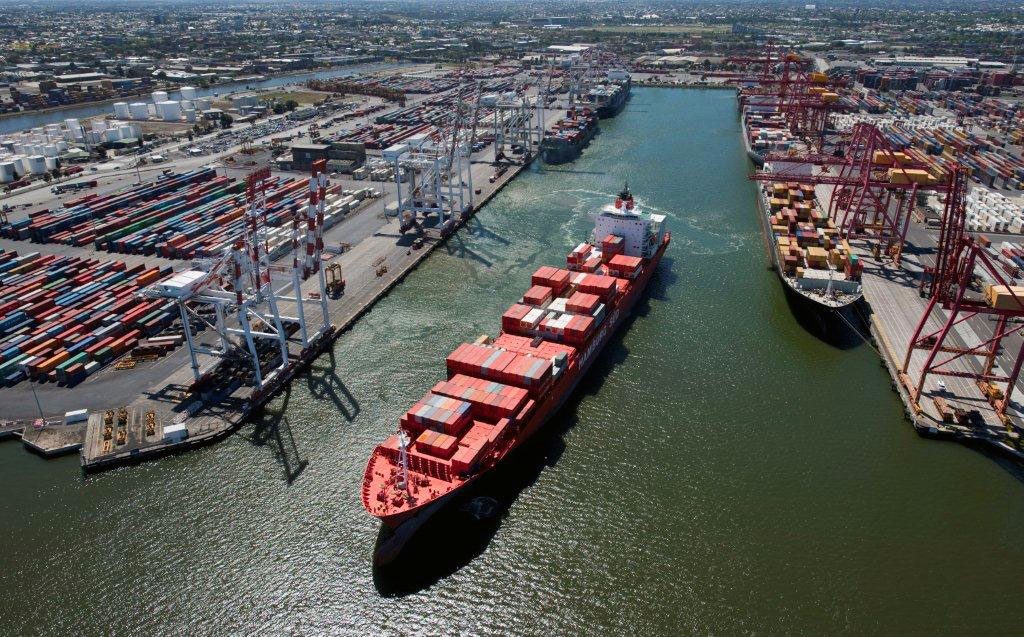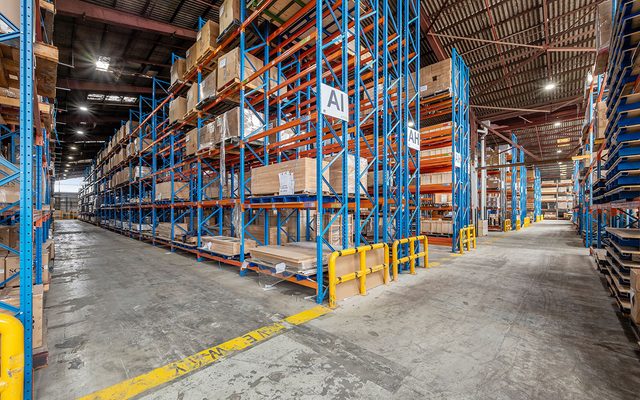This article is from the Australian Property Journal archive
INDUSTRIAL land demand has soared to staggering levels, consuming an area equivalent to Melbourne’s CBD and Southbank combined each year and rising, putting pressure on supply which could run out sooner than the previously forecast, spurring players to become innovative and re-purpose existing sites such as car parks into last-mile logistics, a trend emerging in global cities like London.
According to Cushman & Wakefield’s Tony Crabb and Andrew O’Connell, there is strong ongoing demand for industrial land across metropolitan Melbourne.
C&W found industrial land consumption across metropolitan Melbourne over the three years from 2015-16 to 2017-18 has been at a rate of around 280 hectares per annum.
“This is roughly equivalent to the area of the Melbourne CBD and Southbank combined,” they said.
In comparison, take-up of industrial land in Greater Sydney averaged 152 hectares per annum over the same period.
Of all the industrial land consumed over the last three years across Melbourne, the Southern State Significant Industrial Precinct (SSIP) saw strong demand for industrial land, accounting for nearly 23% of land consumed over the period or 64ha.
Not only is land take up strong, but conversion of industrial land to other uses including residential also contributes to a diminishing supply of land.
As a result, industrial land prices are continuing to rise.
Land prices increased across the south east industrial market.
Crabb said this has been driven by a lack of newly zoned land, an emerging limit to supply, increasing demand by occupiers and demand from developers to replenish their pipelines.
| Melbourne Industrial
Average 1ha Land Values By Precinct ($/ sqm) Jun-14 to Jun-21 |
||
| North & West | South Eastern | |
| Jun-14 | 220 | 250 |
| Jun-15 | 223 | 250 |
| Jun-16 | 230 | 255 |
| Jun-17 | 255 | 280 |
| Jun-18 | 295 | 363 |
| Jun-19 | 350 | 550 |
| Jun-20 | 363 | 575 |
| Jun-21 | 425 | 575 |
At this rate of consumption, Melbourne’s industrial land supply could run out sooner than expected.
Earlier this year Crabb told an Australian Property Institute and REIV conference that Melbourne’s industrial land supply will run out in five to 15 years.
“We have users that come on the market now that want 100,000 sqm sheds and we are running out of spots to put them.” Crabb said.
Knight Frank’s latest Urban Logistics in Australia report released today found the acceleration of the e-commerce sector has generated new demand for compact or micro fulfillment centres (MFC) which is driving the development of MFCs with the need for speed-to-market to create new demand in the urban fringes from pharma, health and manufacturing.
The report found more than 2 million sqm of new industrial development was completed in Australia’s east coast markets last year, up from 1.4 million sqm in 2019, and 2021 is expected to reach a new tipping point with more than 2.2 million sqm of new industrial supply.
The pipeline of urban logistics facilities due to be completed on the eastern seaboard in 2021 has doubled from 2020, with 26% of new supply from e-commerce fulfillment demand, up from 13% in 2020.
Melbourne is leading the charge with almost half of the new projects due to be completed this year. The growth in new facilities related to e-commerce/fulfilment demand is growing from around 80,000 sqm in 2019 to almost 300,000 sqm in 2021.
Knight Frank Australia associate director of research Katy Dean said as businesses expand their e-commerce capabilities, their warehouse and logistics requirements are growing and evolving, creating a huge opportunity for the industrial sector as a provider of real estate.
“In fact, the surge in e-commerce/retail, transport, logistics and manufacturing demand during the pandemic pushed new development completions to a historic 13-year high in 2020.
“The growth in e-commerce is intensifying the competition for industrial and logistics space, triggering an increased demand for specialised warehouse solutions, including automation. Responding to this demand, developers have been quick to scale up in response to recent growth trends, with a significant amount of new industrial development underway, particularly in Melbourne.” Dean said.
Demand for logistics and distribution centre space will see the volume of new supply in Melbourne in that segment grow from below 50,000sqm in 2019 to above 350,000 sqm in 2020 and around 240,000 sqm in 2021 – growing by almost 5 times from 2019 to 2021.
“Looking to the future, it’s likely that we will see increased rates of existing infill sites being re-purposed for last-mile use.” Dean said.
“Retail, parking spaces and light industrial to logistics conversions have been taking place across Europe and the UK, foreshadowing similar opportunities for Australian markets.
“In one recent example, the City of London leased 39 car parking spaces to Amazon for a last-mile logistics hub that will use e-cargo bikes for delivery,” she added.
Knight Frank’s report predicts last-mile logistics sites are likely to pop up in areas undergoing gentrification with land being rezoned from industrial to high density residential and mixed use will stimulate interest in redevelopment opportunities to develop last mile facilities under the current zoning.
“We could see such areas in Sydney include Alexandria/ Marrickville in the South and Auburn/ Lidcombe/ Homebush/ Silverwater in the Inner West.
“Sydney could also see growth in the Strathfield area, which just borders on the Inner West, as it is home to Enfield Intermodal.
“In Melbourne, emerging areas include Tullamarine in the North and Oakleigh/ Moorabbin/ Burwood in the South East and the Port of Melbourne.
“In Brisbane, expect to see growth areas emerge North of the River in an arc covering areas like Pinkenba/ Eagle Farm/ Hendra/ Northgate. While in the South, Salisbury/ Rocklea/ Oxley could be targets. Inner city small hubs are also possible in semi industrial pockets around Bowen.” Dean concluded.




